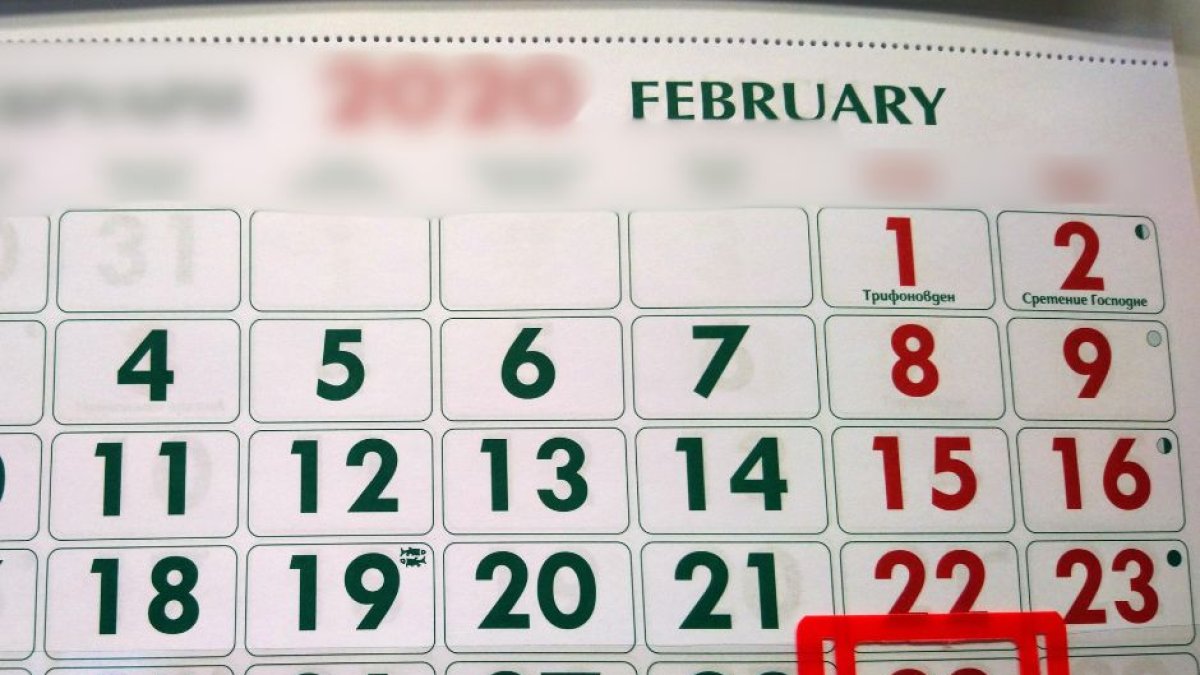Why is February 29 a leap day?
The calendar gets one extra day once every four years.

Calendario bisiesto | Wikimedia Commons
February 29 is a day that comes once every four years. It actually takes the Earth longer to go around the Sun than most people believe: 365 days, 5 hours, 48 minutes and 45.10 seconds. However, the calendar used by the West - also known as the Gregorian calendar - only has 365 days. That is why this day, also known as 'leap day,' serves to correct the gap that exists with the duration of a solar year.
"Since the calendar used in the West since 1582, the Gregorian, only has 365 exact days, it requires that every four years this unquantified accumulation of time must be corrected: ¼ of a day each year," explains National Geographic.
"The Romans had a chaotic calendar"
According to National Geographic, after taking a trip to Egypt, Julius Caesar began looking for a calendar that could correct this gap with the solar year. At that time, he asked Sosígenes to design a calendar that would adapt to the extra time. It was then that Sosigenes created a 365-day calendar that had an additional day every four years.
"The Egyptians already had a calendar that took into account this possible lag with the solar year. In fact, when around 48 BC Julius Caesar traveled to Egypt, he was fascinated by the accuracy and efficiency of their calendar. And, at that time, the Romans had a chaotic calendar, where there were large discrepancies due to its imprecision," reported National Geographic.
The Julian calendar was in effect for almost 1600 years throughout the West. Finally, in the year 1582, Pope Gregory declared February 29 as leap day.

























